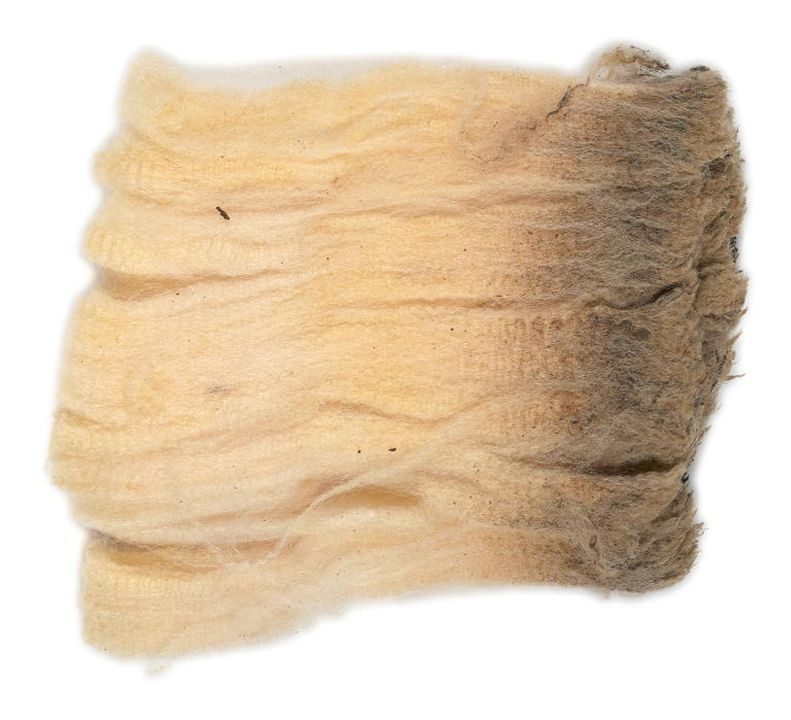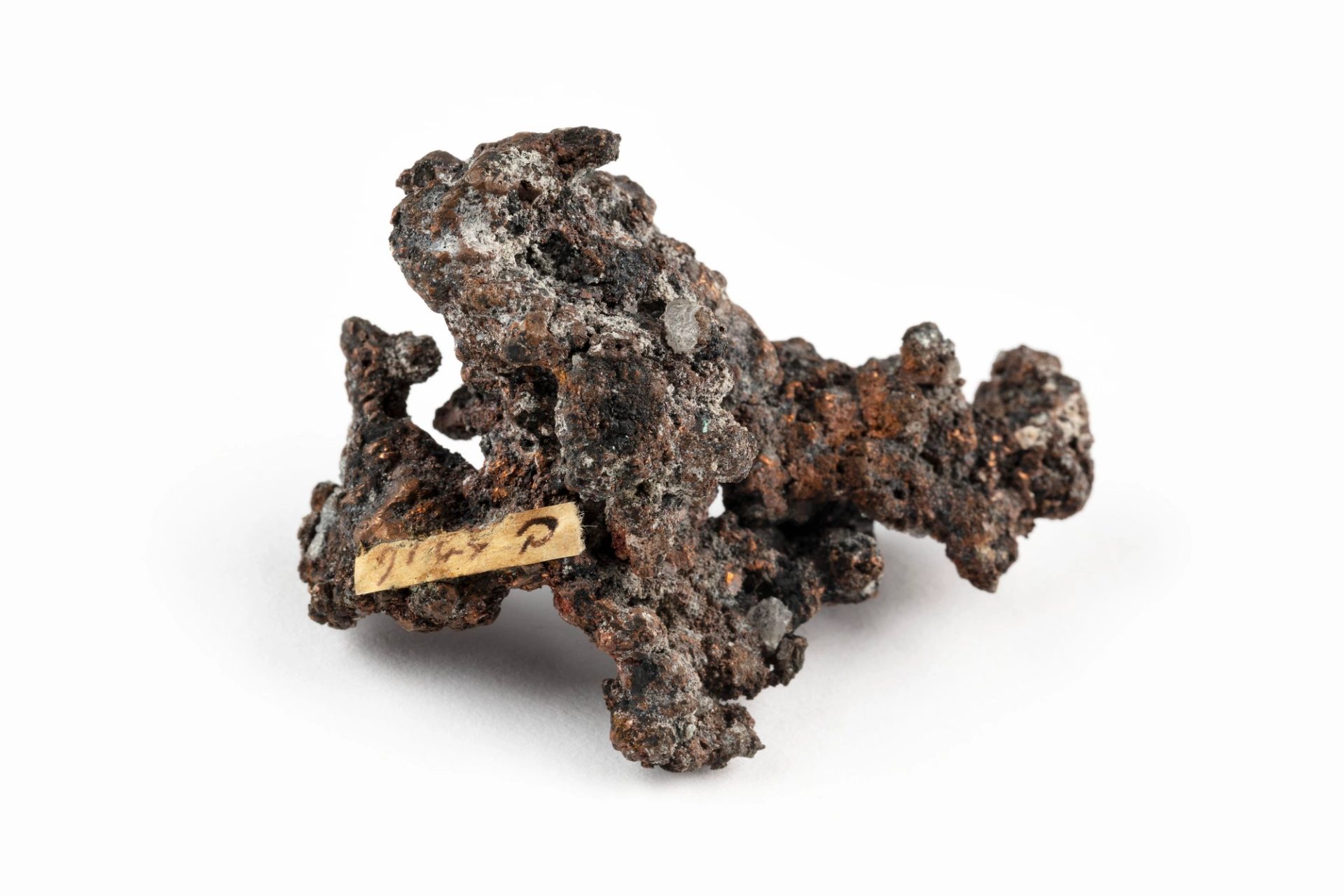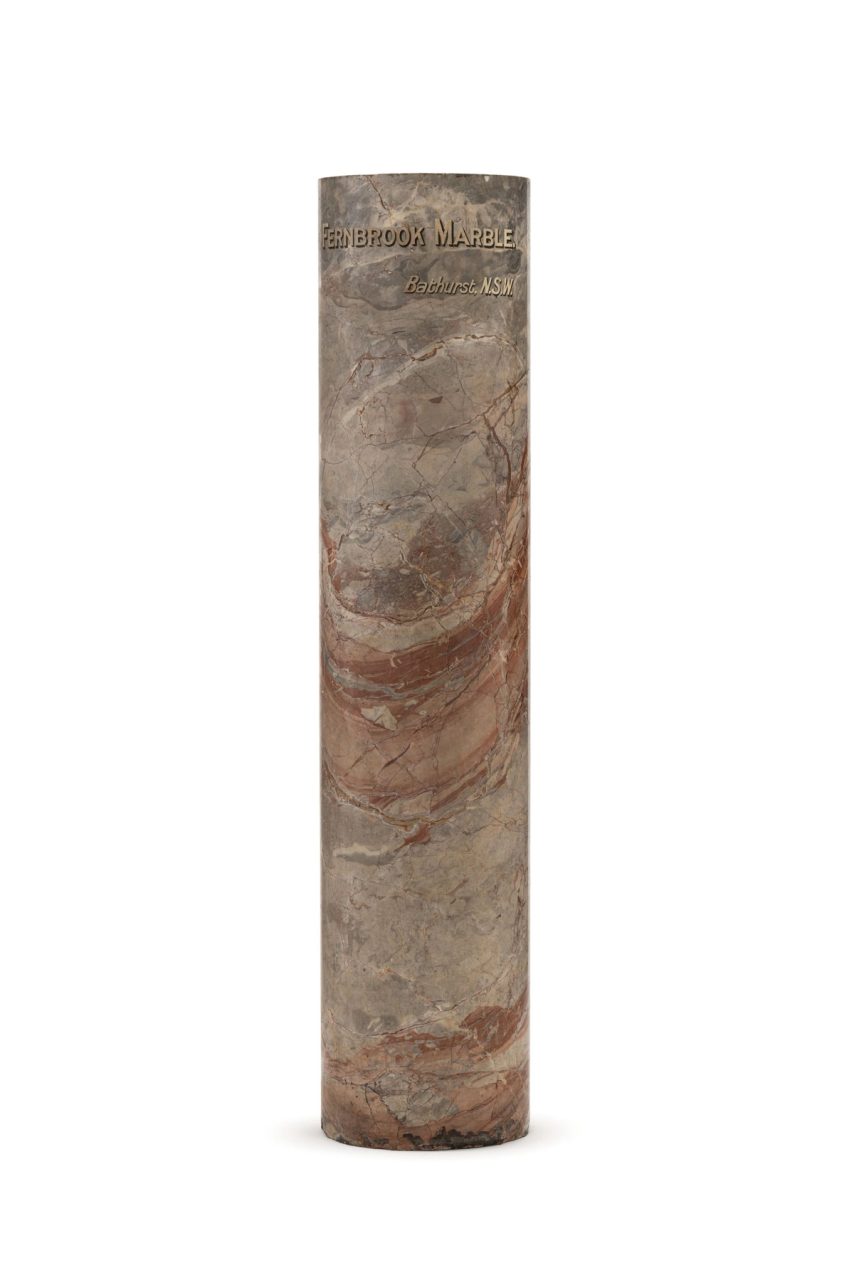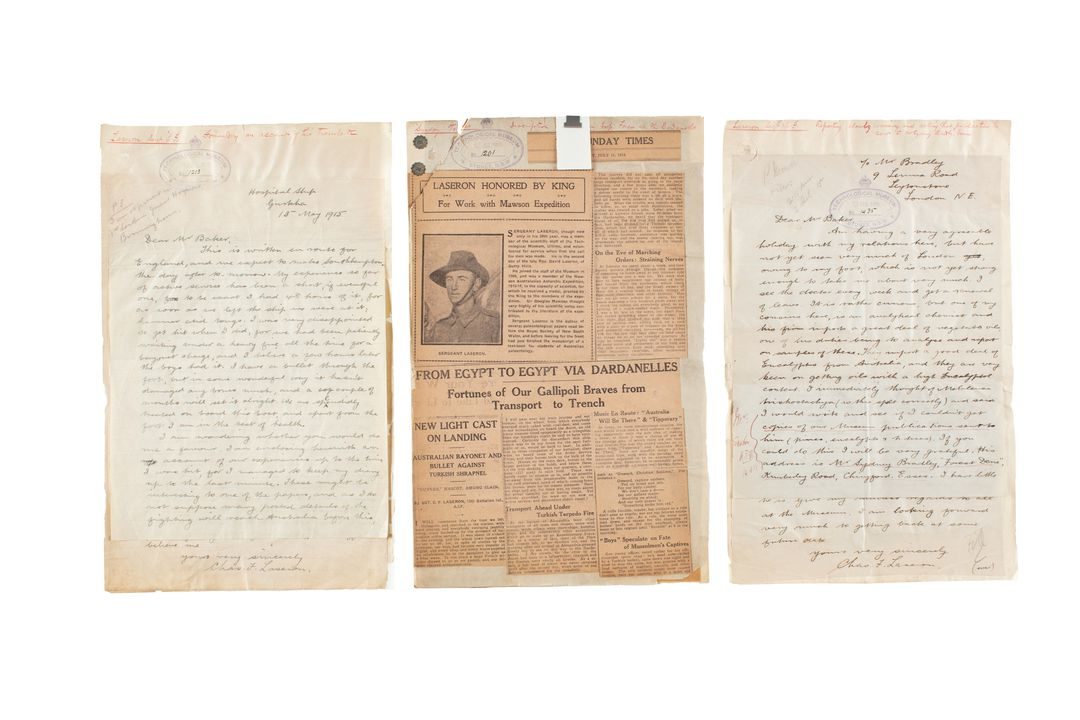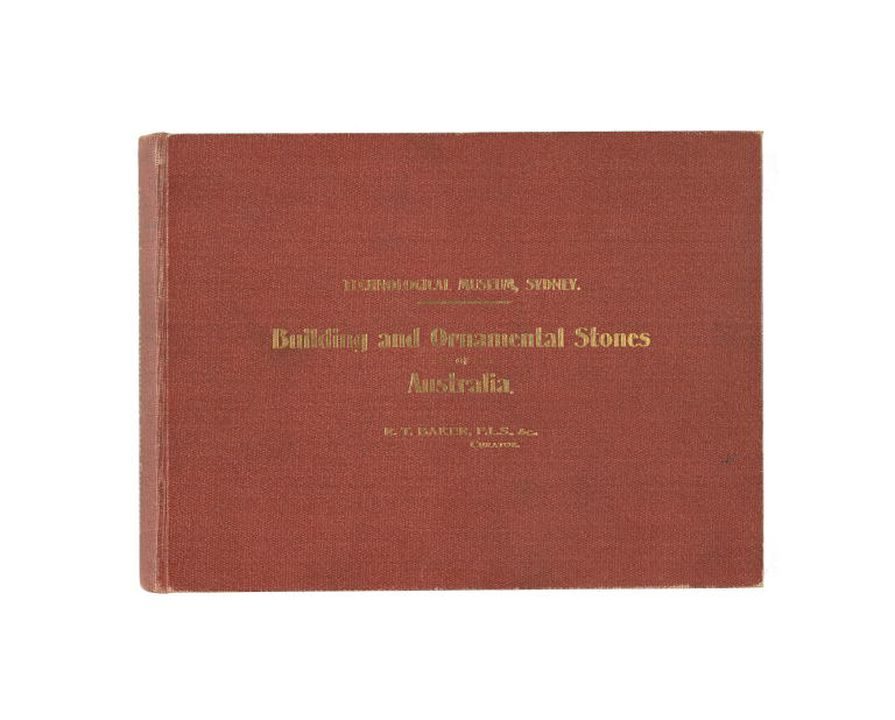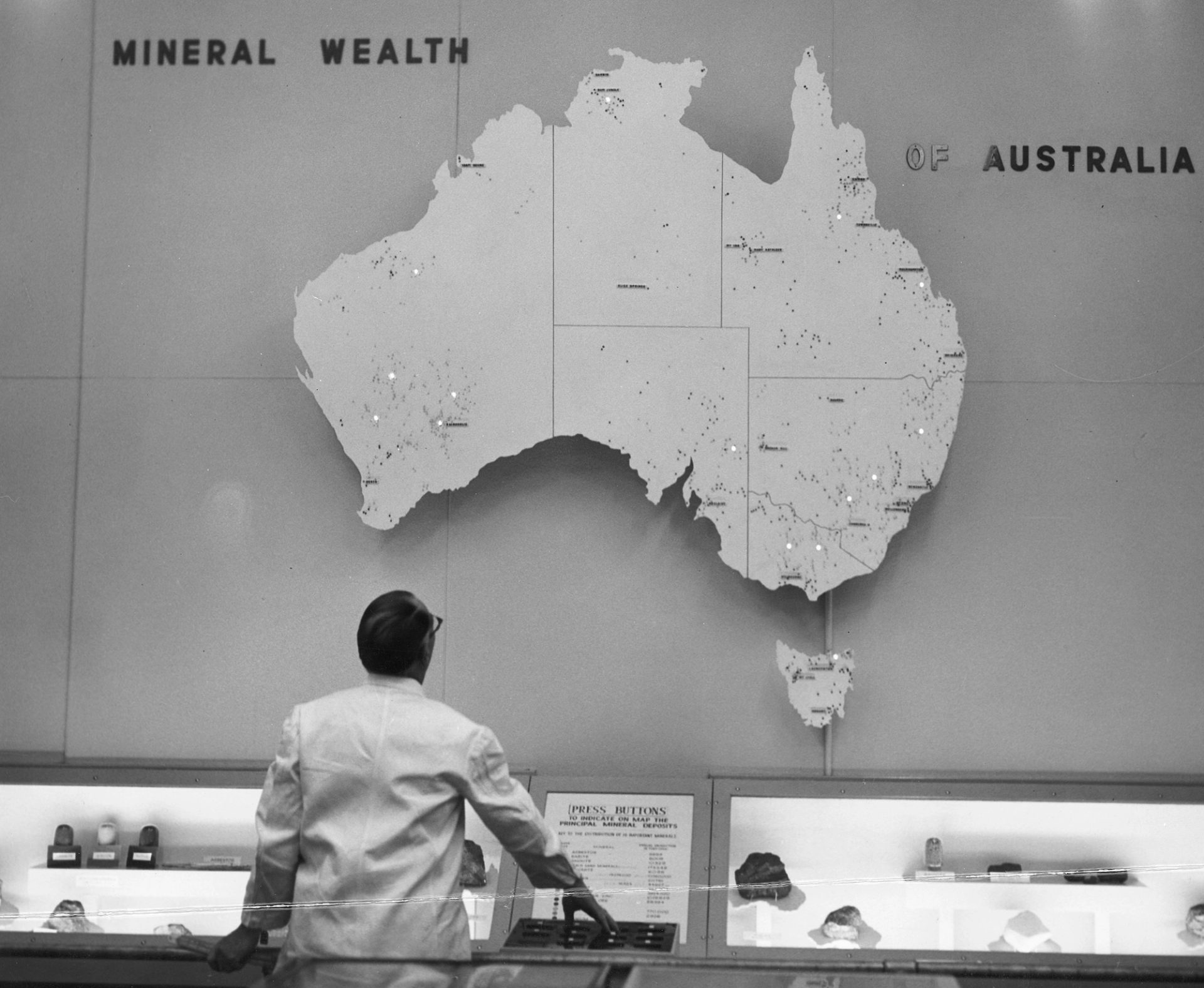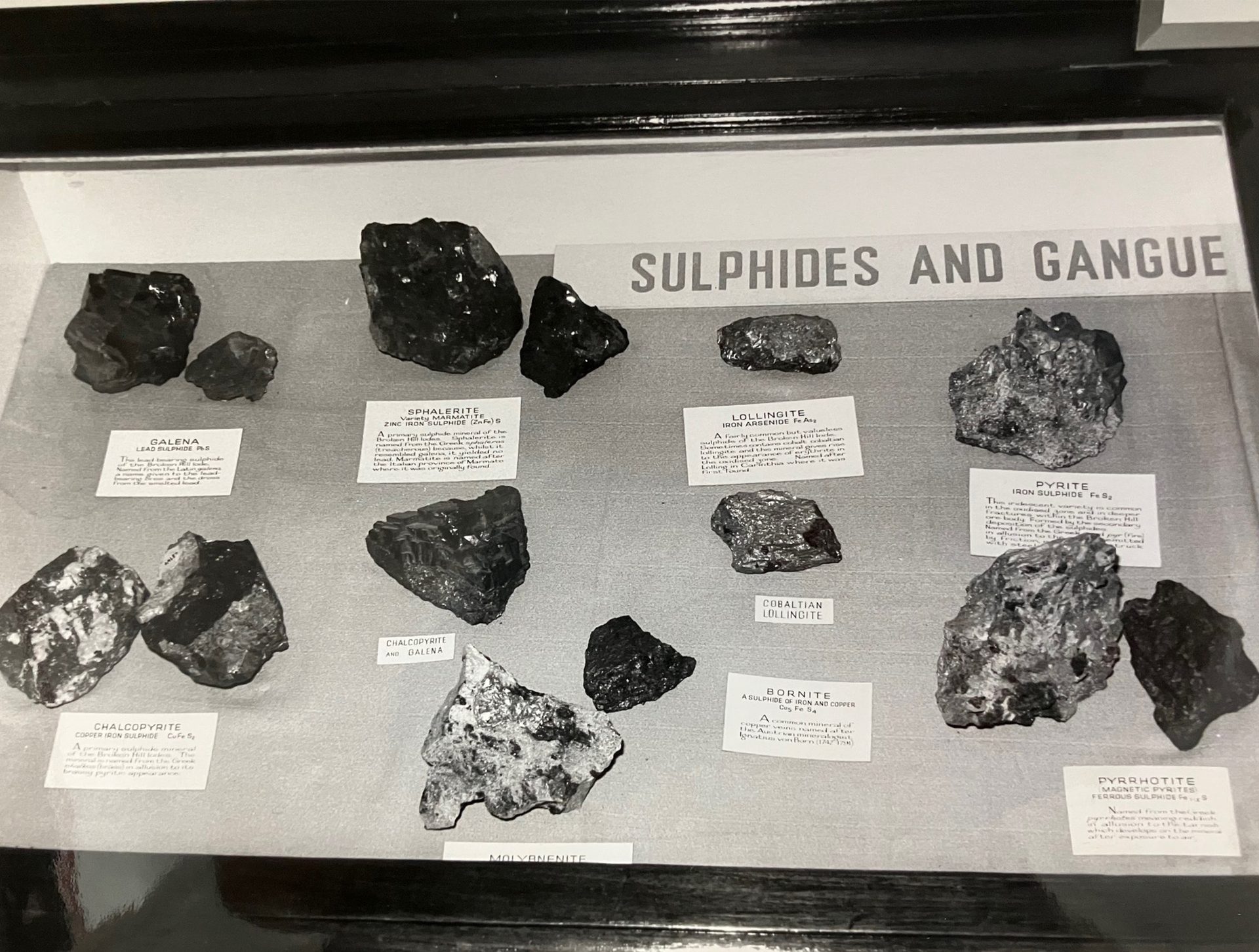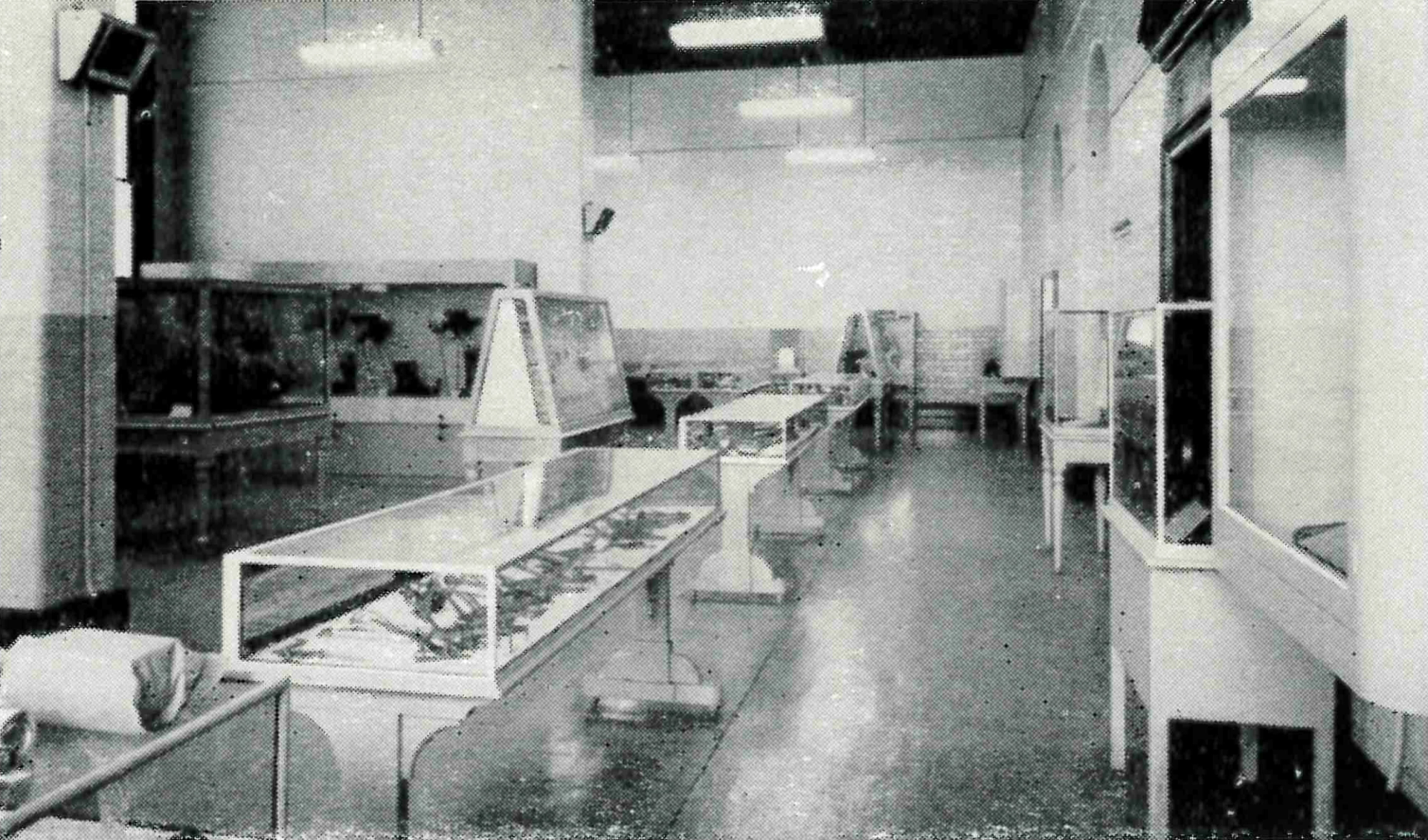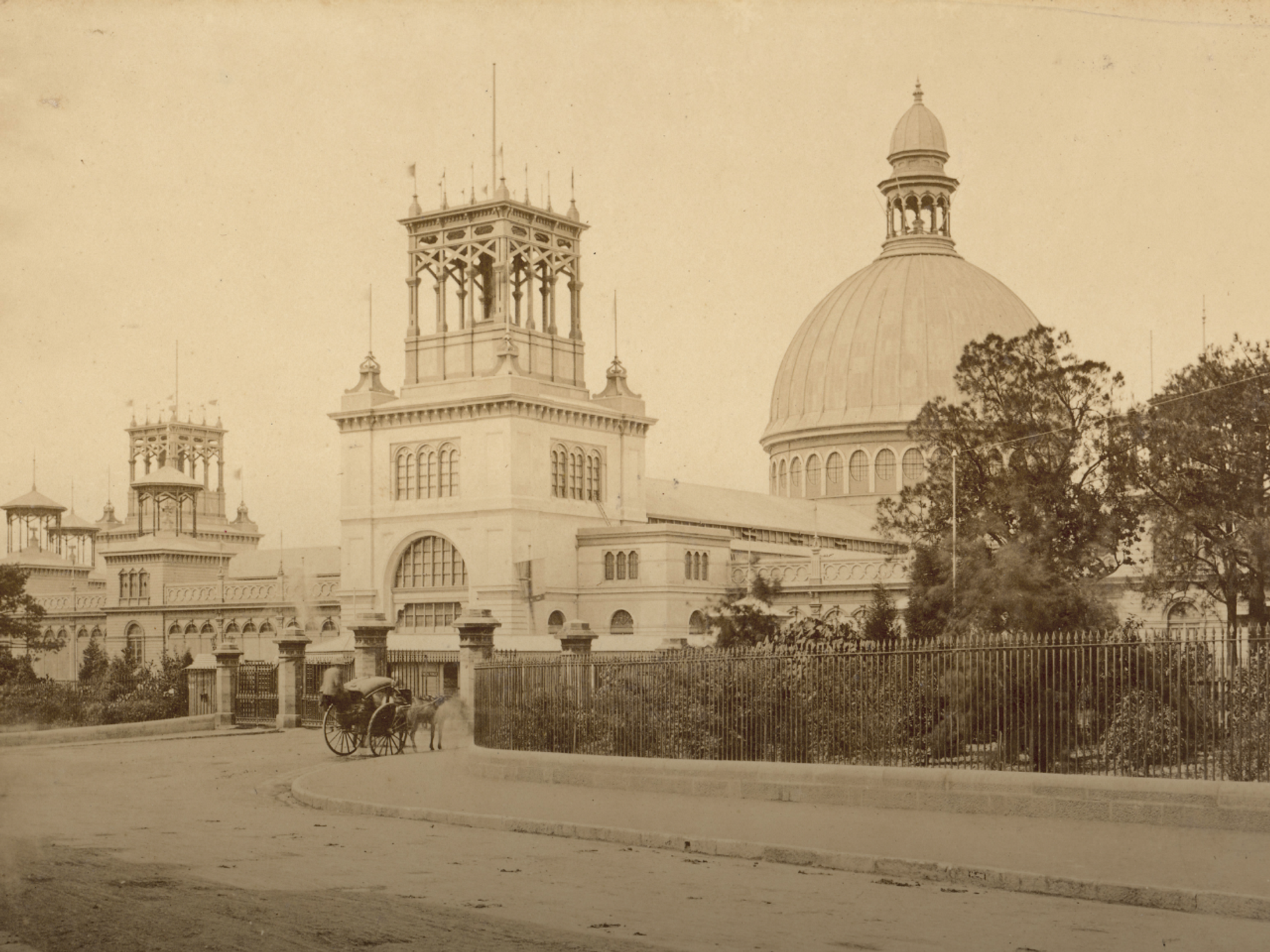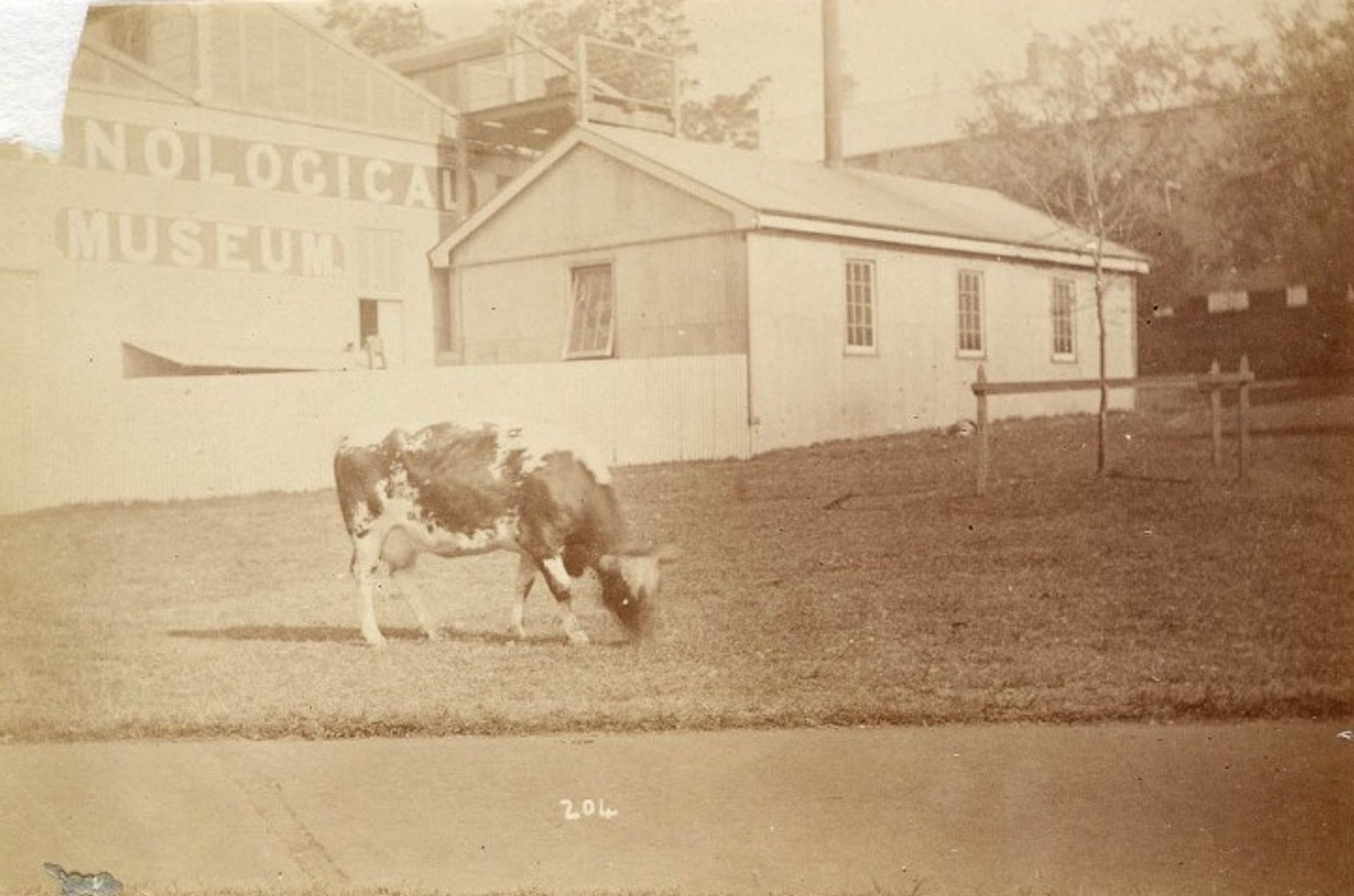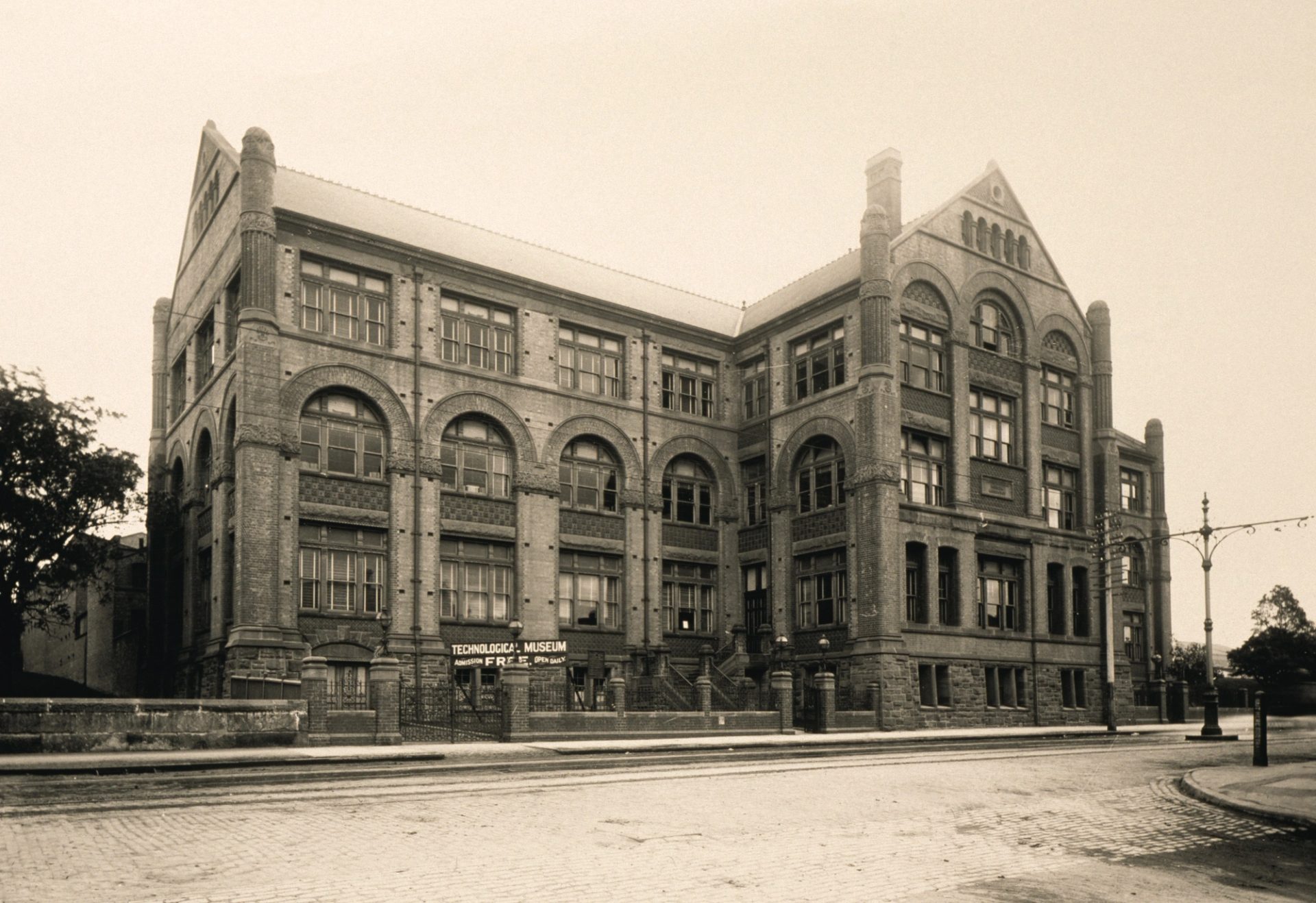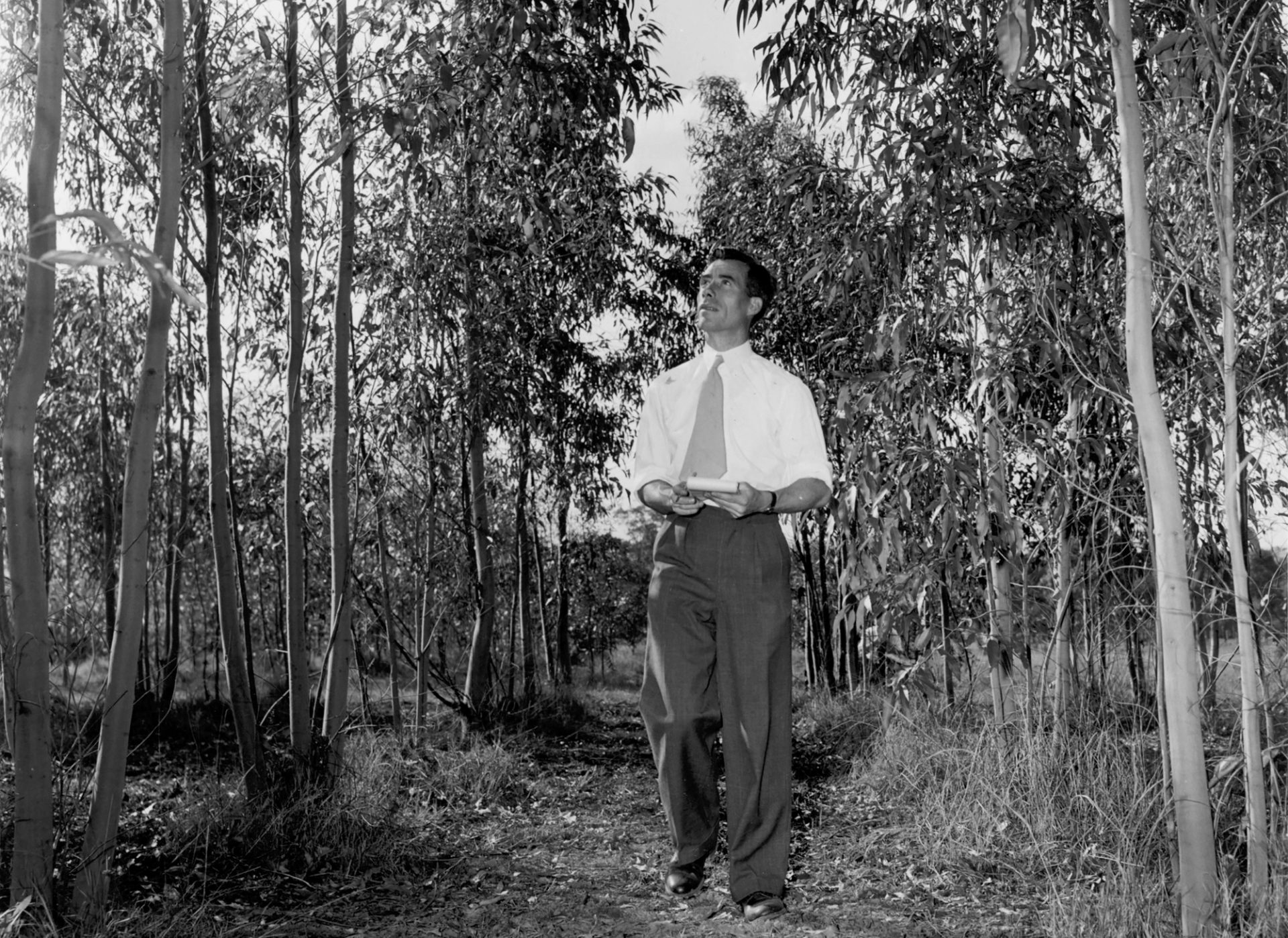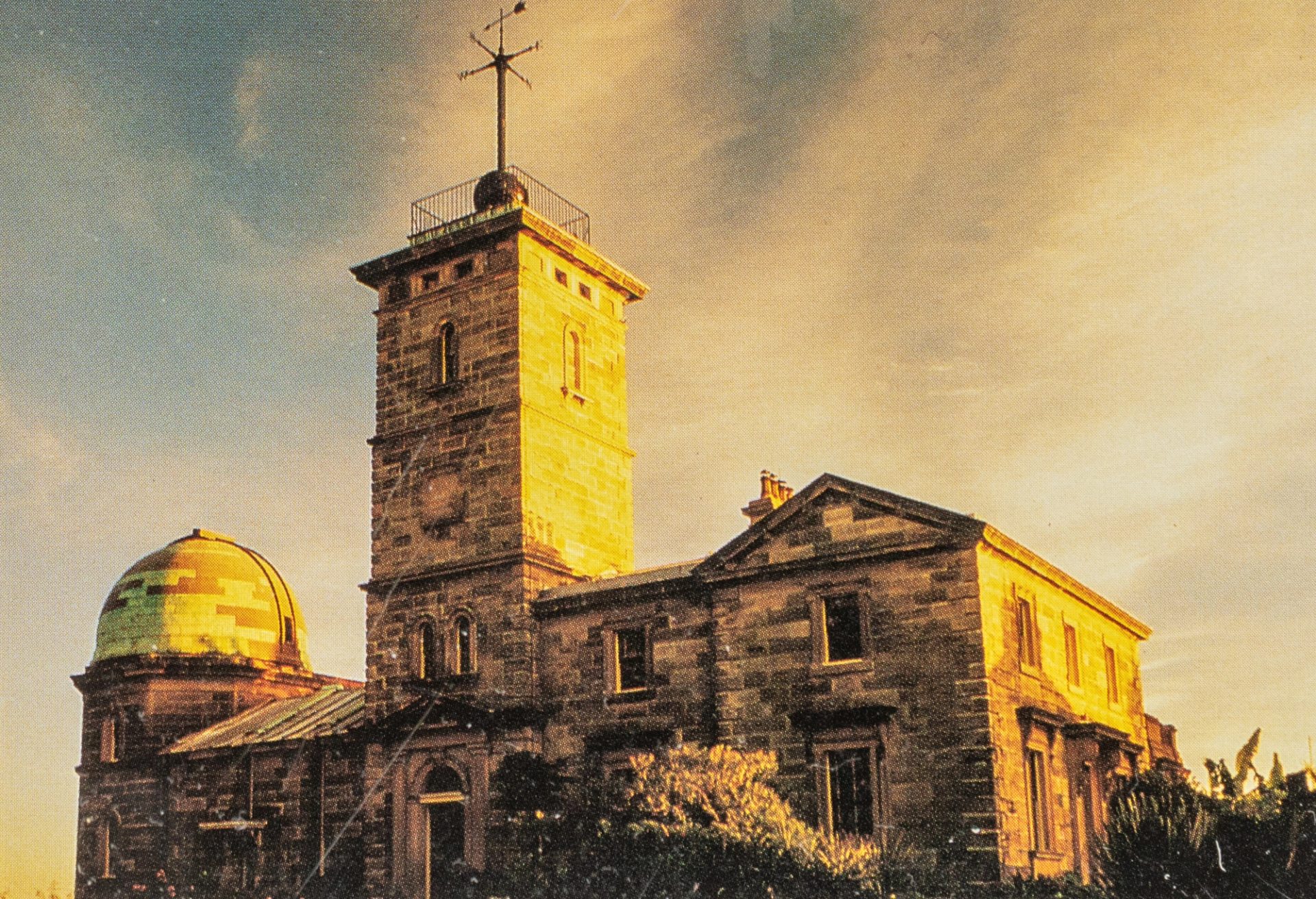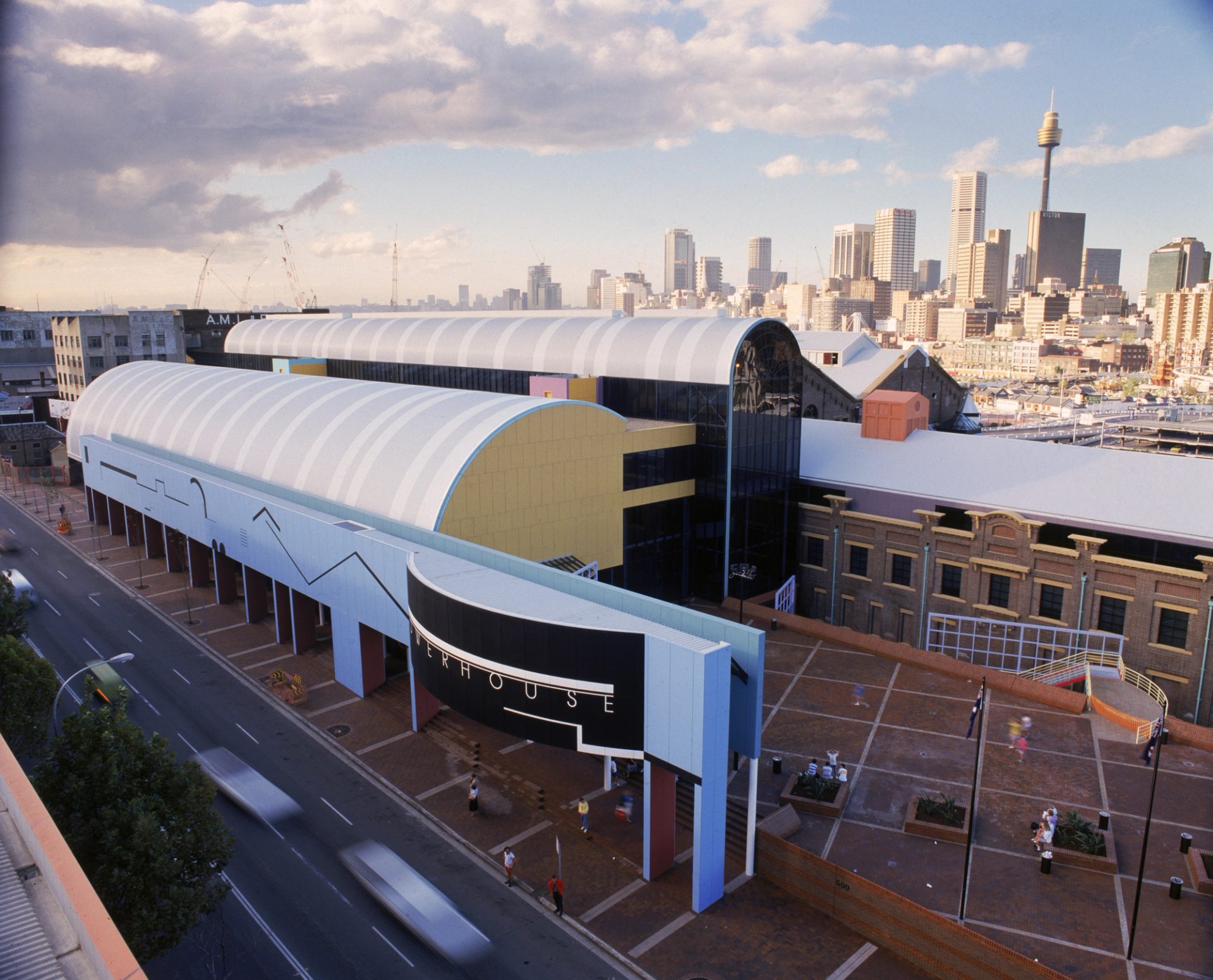Regional Networks

Branching Out
‘The visitor to the district, which he may afterwards make use of, will have full information placed before him in the most striking and convenient form’
In 1890, from the Technological Museum housed in the Agricultural Hall, curator J H Maiden establishes four branch museums in regional NSW Technical Schools – Bathurst, Goulburn, West Maitland and Newcastle. Each stocked with around 2,000 specimens, Maiden sees these regional museums ‘as an integral part, not only of a system of technical education, but of the general plan of public education for the whole country.’

In his initial vision for the museum, Liversidge saw a central institution around others would be gathered.
The regional museums are designed for two groups of people, visitors, and ‘local students and residents, who should not be compelled to go to Sydney to study a collection of specimens informing them as to the nature and properties of the things which go to make the clothes they wear, the food they eat, the appliances they daily see and use, and so forth. For their benefit, also a collection of the local products should be got together, in order that a man may be conversant with the resources of his own district, and have his interest excited both in the development of resources known to him, and in the searching out of fresh ones.’
As Maiden explains to the Minister for Public Instruction, overall control of these branch institutions must remain in Sydney to ensure they do not become ‘magnified dustbins … destitute of educational value’.
In 1890, the Goulburn Branch Museum – located in a town focused on the pastoral and mining – contains ‘sets of the types of wool grown in the district, [samples of the local ores, and displays of] clays, building stones, native grasses, fodder plants, noxious weeds ... crops ... tan-barks ... and so on ... survey, postal and other maps of the district and diagrams illustrating the processed of manufacture.’
In 1896, the Albury branch museum opens, followed by the Broken Hill branch – with a special focus on minerals – in 1910. In their first years of operation, the combined total of visitors to the new branch museums exceeds the total annual number of visitors to the Harris Street museum.
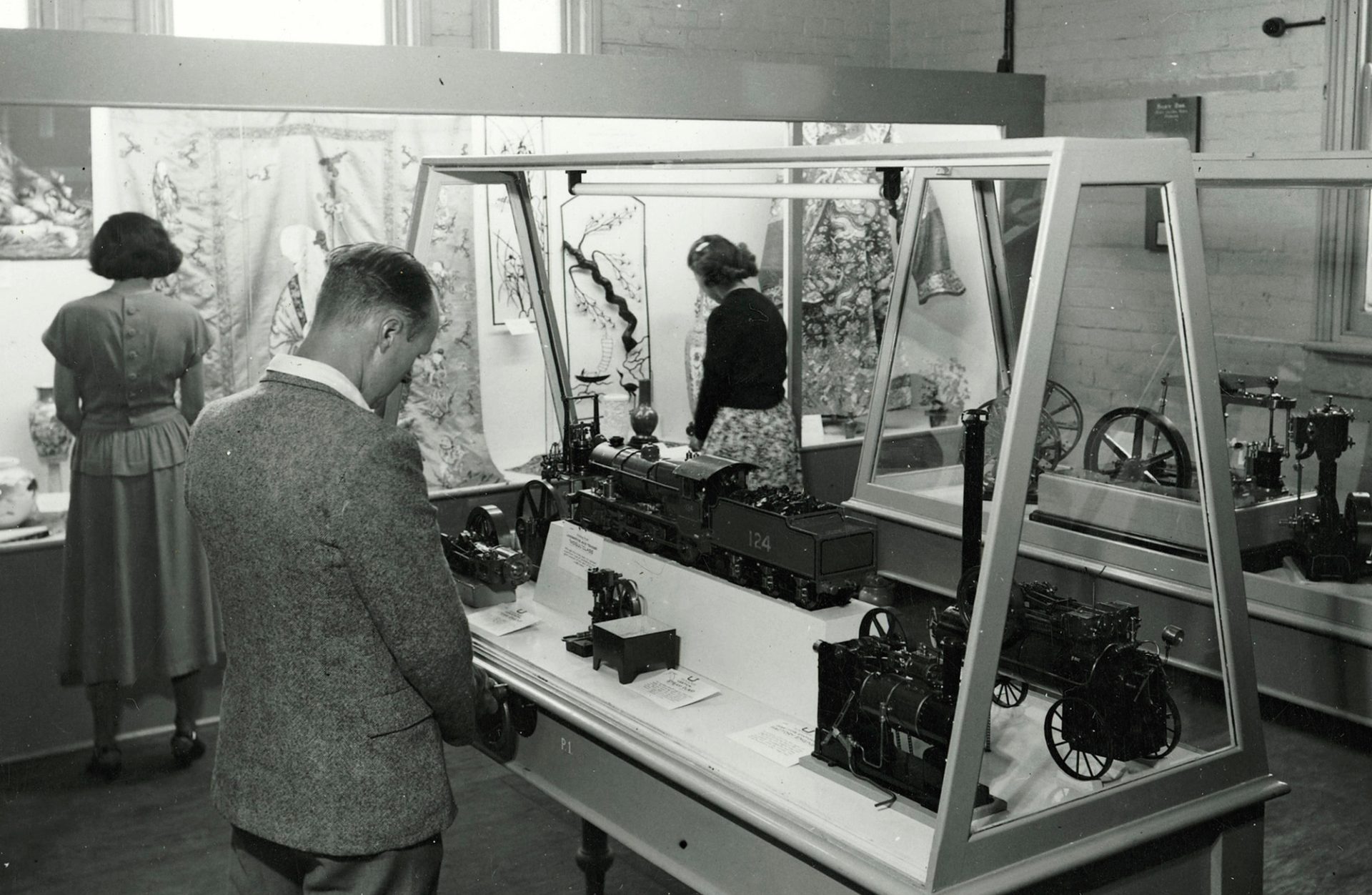
Exchange and Renovation
The importance of locally relevant displays – such as the minerals displayed at this branch in Broken Hill – has been recognised since Liversidge’s first thoughts about technological museums.
As materials became scarce in WWI, builders and architects began to look locally, championed by Baker in his publication Building and Ornamental Stones in 1916, which includes an image one of the largest cantilevered staircases of its kind in the southern hemisphere in Maitland. It is made from rose marble mined at a site in central west NSW, on Wiradjuri land, and has a vast crocodile skin displayed in its undercroft. Joseph Maiden and R T Baker were both eager to encourage the use of local stone and marble in the Technological Museum's construction.
‘In the section on economic zoology, some valuable and interesting additions were made to the collections. Messrs Bevington and Sons […] presented six mounted sets of skins and leather, illustrating stages in the treatment of calf, sheep, goat and seal skins. One set was forwarded to each of the country branches [...] A valuable duplicate set of thirty-one models of horses’ jaws and teeth, showing how to tell horses’ ages, etc., detect frauds in that respect, was made during this year for the Bathurst Museum…’
‘There is still a great deal of case room available for additional exhibits, and it is hoped that local residents will combine to augment the collections by suitable gifts or loans. Exhibits of technical interest, illustrating the different industries and manufactures are particularly wanted, also articles of historical or artistic interest, exceptional mineral specimens, rocks, fossils, and natural history specimens, will be acceptable’
The Maitland branch is moved from the city’s original technical college in an adapted coach and buggy factory to the ground floor of purpose-built accommodation – a grand space with ‘parquetry floors and the arched entrance ways into the large and inviting downstairs rooms’.
Opened in 1910, it is described as ‘one of the finest buildings of its kind in the State’. But it is at regular risk of flood: in 1955, the bottom floor is inundated ‘to such an extent that it marked the end of the Technology Museum that had been housed there’. The museum, according to one history, is ‘literally washed away … and never reopened’.
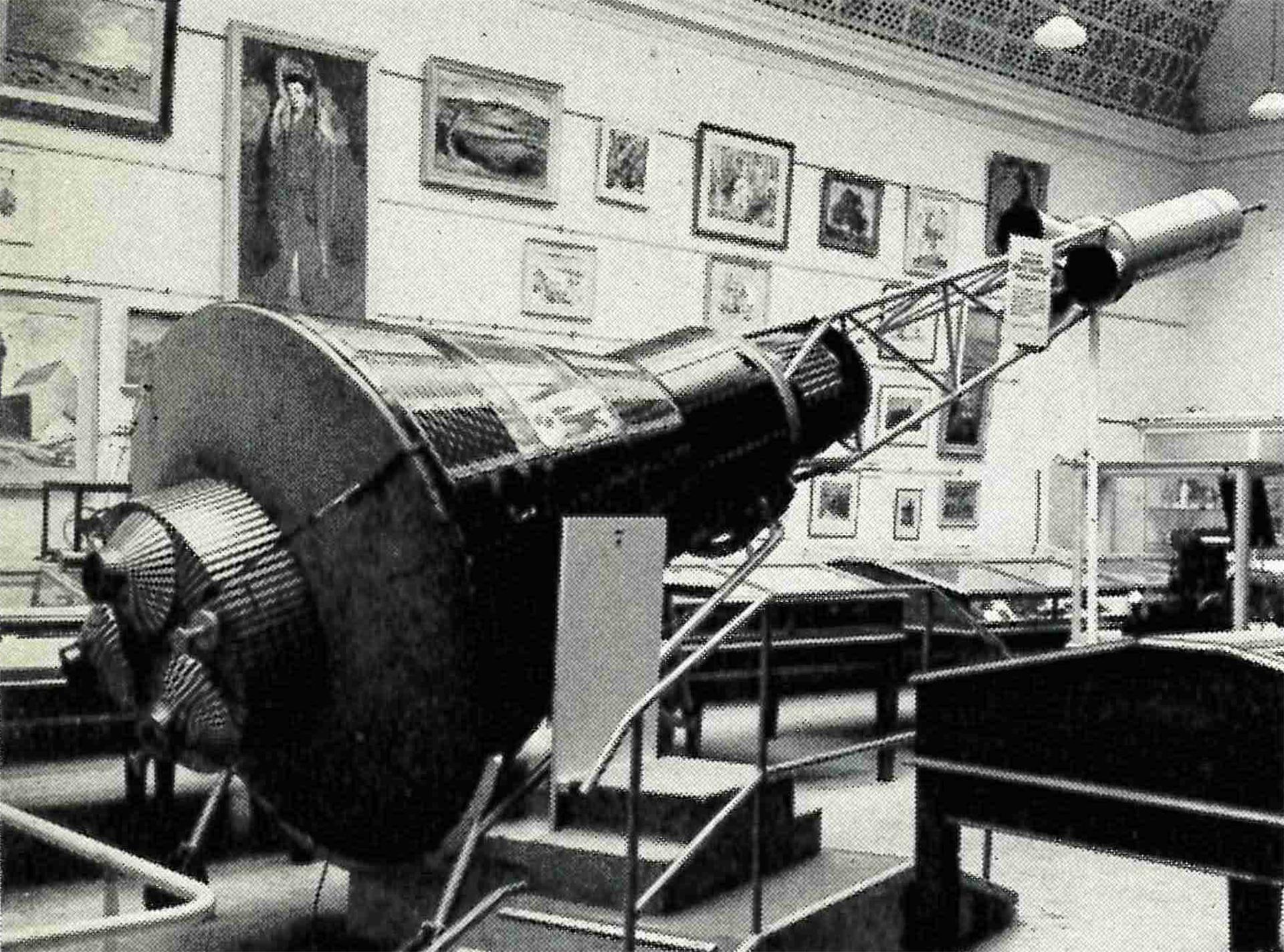
The Newcastle branch museum is the first to close permanently, in 1940. In 1952 the original Albury branch museum – the only branch museum not attached to a Technical College, and the only one with permanent staff – is closed. It is re-opened in 1967 in a refurbished hotel, The Turk’s Head.
The report for the Whitlam Government’s Pigott Inquiry into Museums and National Collections (1975) notes that the Museum of Applied Arts and Sciences displays in Albury are, by that time, ‘strange: uncluttered, ‘yet unrelated (more like bits of a museum than a museum).’
In 1981, the Museum completes a review of the four remaining branch museums – Albury, Bathurst, Broken Hill and Goulburn – committing to policy that aims to keep them open ‘with minimal effort.’
By this stage, the review notes, the Museum is also operating the Museum Train as a means of reaching regional New South Wales. In 1982, the Museum closes all remaining branch museums, describing them as 'impossible to manage ... anachronistic, turnover static, and local community involvement negligible.'
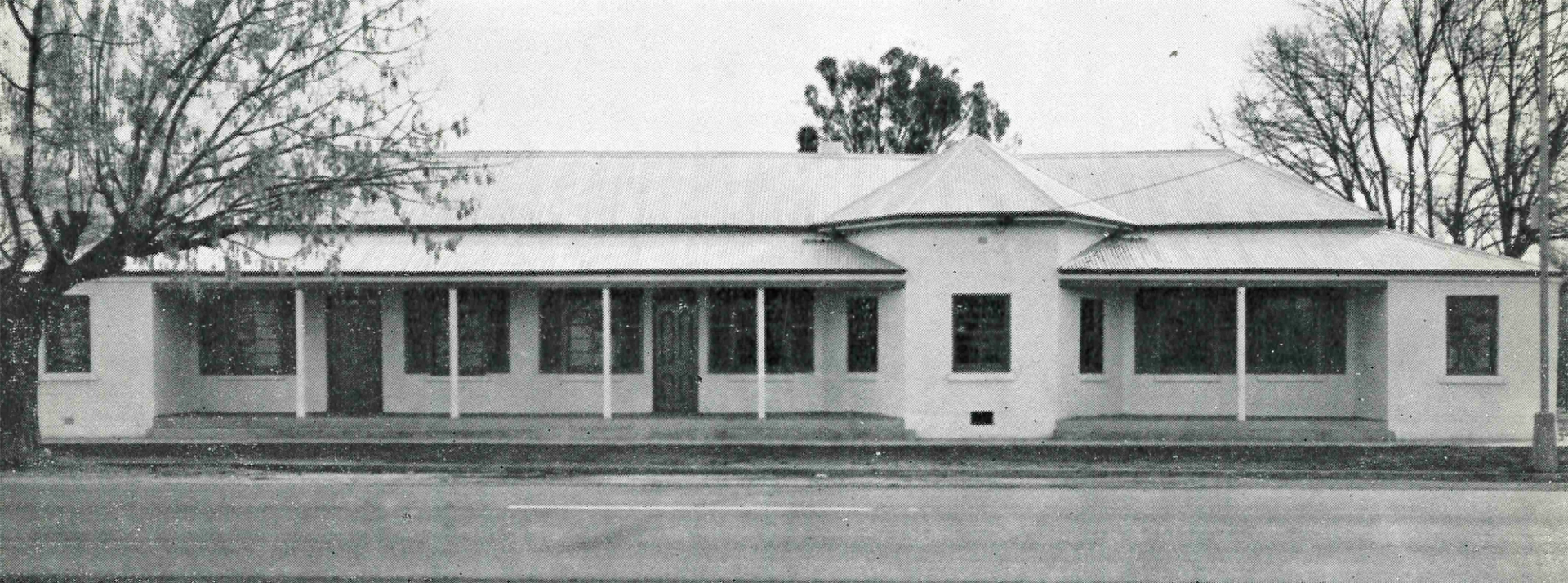
Continuing Exchange
In 1999–2000, fourteen Museum of Applied Arts and Sciences travelling exhibitions tour NSW, Australia and beyond – including Circus! 150 Years in Australia (Newcastle and Brisbane), Sharing a Wailwan Story (to Moree, Lightning Ridge and Walgett before permanent display at Quambone Public School), and Australian Craft to Japan (Shiga and Sydney).
In 2010–11, six travelling exhibitions tour venues in New South Wales, including Shaun Tan’s The Odditoreum – appending original narratives to pieces from the Museum collections – and journeys by Steam Locomotive 3265.
Post-COVID, in 2021–22, livestreams, virtual tours and other forms of remote access continue, including online STEM education programs through Powerhouse Future Space and regional webinars that reached more than 700 participants from 218 regional museums and institutions.

The 3265’s first trial runs – after its 20-year restoration program and before heading out on tour – are conducted at Central Station at 3am one morning in June 2009, in front of admiring fans and their cameras.
















